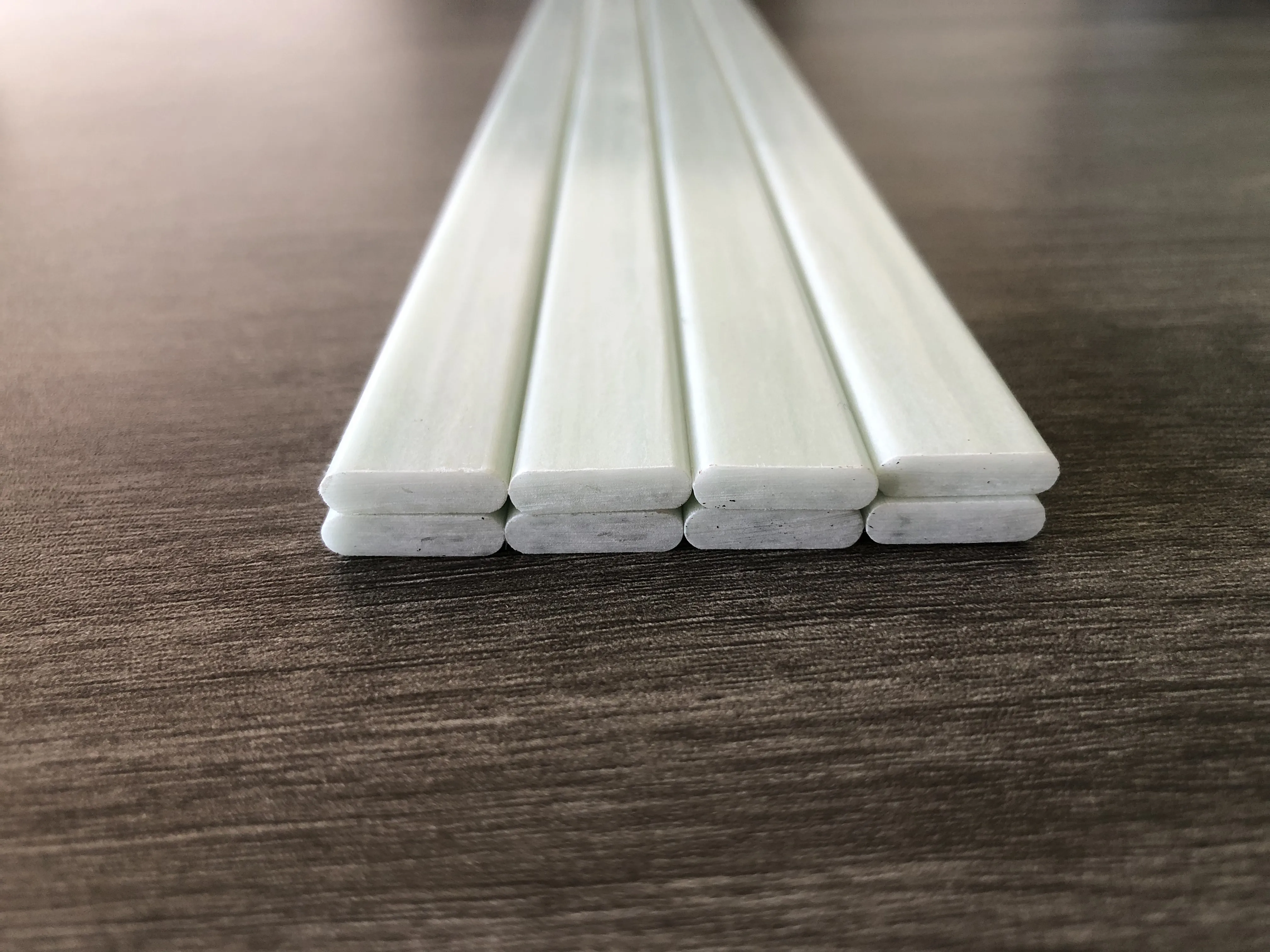loading...
- No. 9, Xingyuan South Street, Dongwaihuan Road, Zaoqiang County, Hengshui, Hebei, China
- admin@zjcomposites.com
- +86 15097380338
- Welcome to visit our website!
frp flat bar
Understanding FRP Flat Bars A Modern Solution for Construction
Fiber-Reinforced Polymer (FRP) flat bars are gaining significant traction in the construction and engineering sectors due to their unique properties and advantages over traditional materials. These composite materials, made from a polymer matrix reinforced with fibers, primarily glass or carbon, offer a lightweight yet high-strength alternative to conventional steel and aluminum flat bars.
Understanding FRP Flat Bars A Modern Solution for Construction
Moreover, FRP flat bars are significantly lighter than their metal counterparts. This weight advantage facilitates easier handling, transport, and installation, which can lead to reduced labor costs and faster project timelines. Additionally, the lightweight nature of FRP allows for design flexibility, enabling engineers to create innovative structures without the constraints often imposed by heavier materials.
frp flat bar

Another major benefit of FRP is its superior strength-to-weight ratio. While being lightweight, FRP flat bars can withstand considerable loads, making them suitable for various structural applications. This characteristic is particularly beneficial in areas where traditional materials might falter under pressure, allowing for the development of safer and more robust constructions.
Furthermore, FRP materials are non-conductive, which means they can be used in applications where electrical interference is a concern. This feature makes FRP flat bars ideal for use in power generation facilities and telecommunications sectors, where electrical insulating properties are paramount.
In conclusion, FRP flat bars represent a forward-thinking solution in the building and construction industry. Their corrosion resistance, lightweight design, impressive strength, and non-conductive properties make them an attractive choice for modern engineering projects. As the construction industry continues to evolve, the integration of advanced materials like FRP will likely pave the way for more sustainable, innovative, and resilient structures in our communities.
-
The Rise of FRP Profiles: Strong, Lightweight, and Built to LastNewsJul.14,2025
-
SMC Panel Tanks: A Modern Water Storage Solution for All EnvironmentsNewsJul.14,2025
-
GRP Grating: A Modern Solution for Safe and Durable Access SystemsNewsJul.14,2025
-
Galvanized Steel Water Tanks: Durable, Reliable, and Ready for UseNewsJul.14,2025
-
FRP Mini Mesh Grating: The Safer, Smarter Flooring SolutionNewsJul.14,2025
-
Exploring FRP Vessels: Durable Solutions for Modern Fluid HandlingNewsJul.14,2025
-
GRP Structures: The Future of Lightweight, High-Performance EngineeringNewsJun.20,2025
